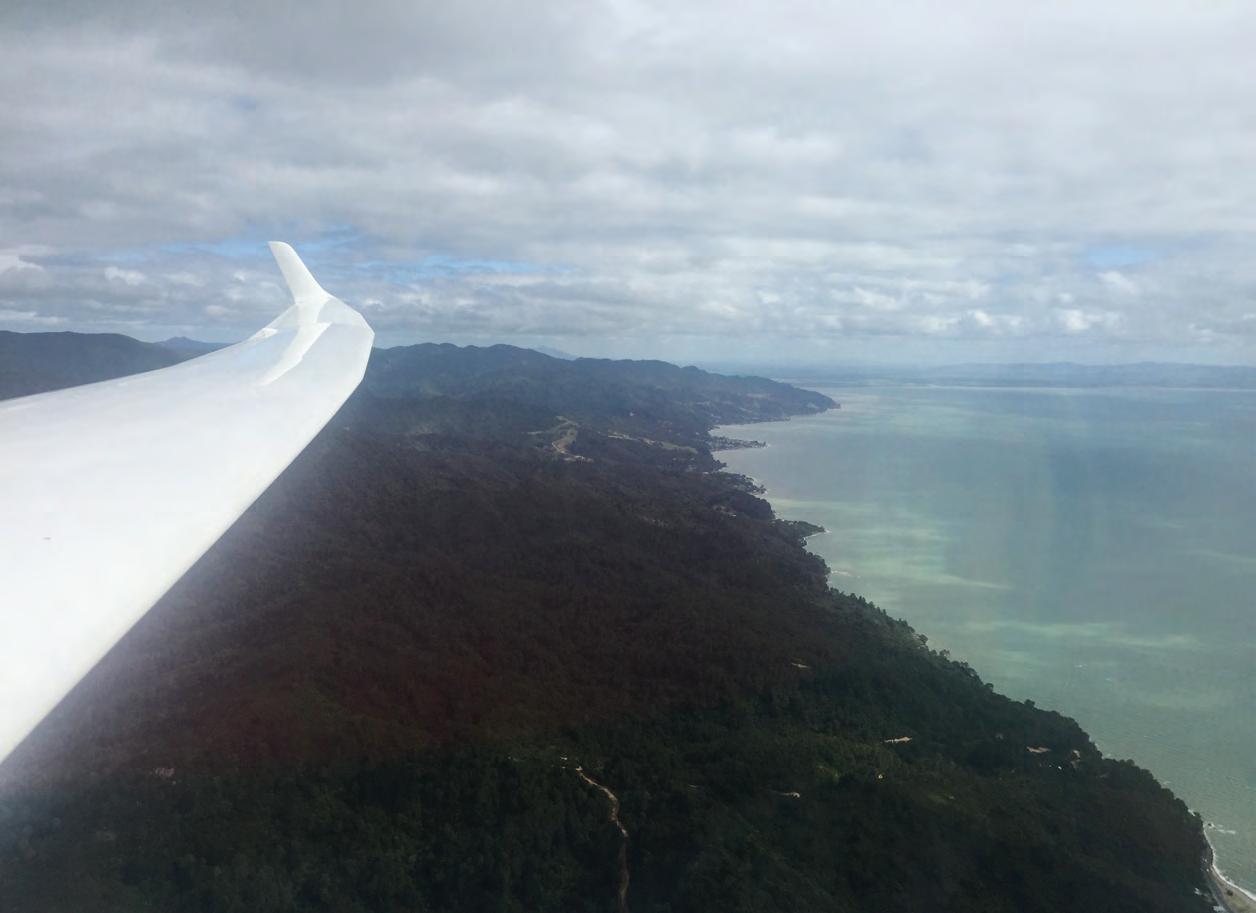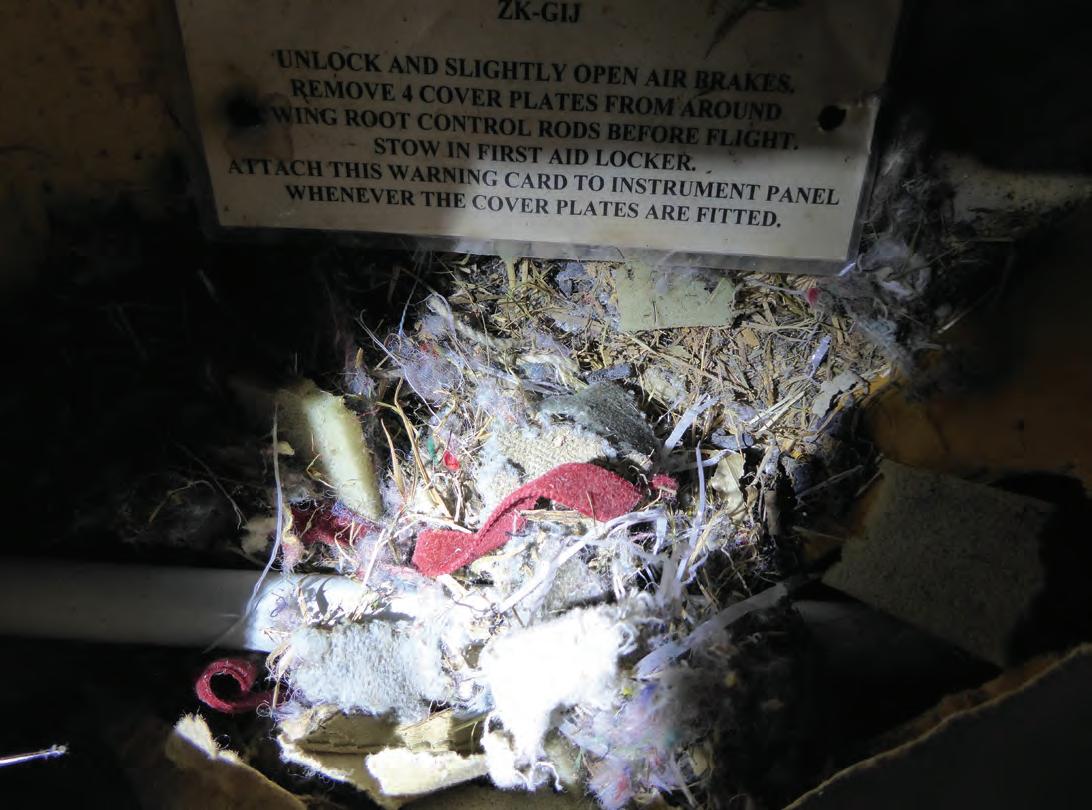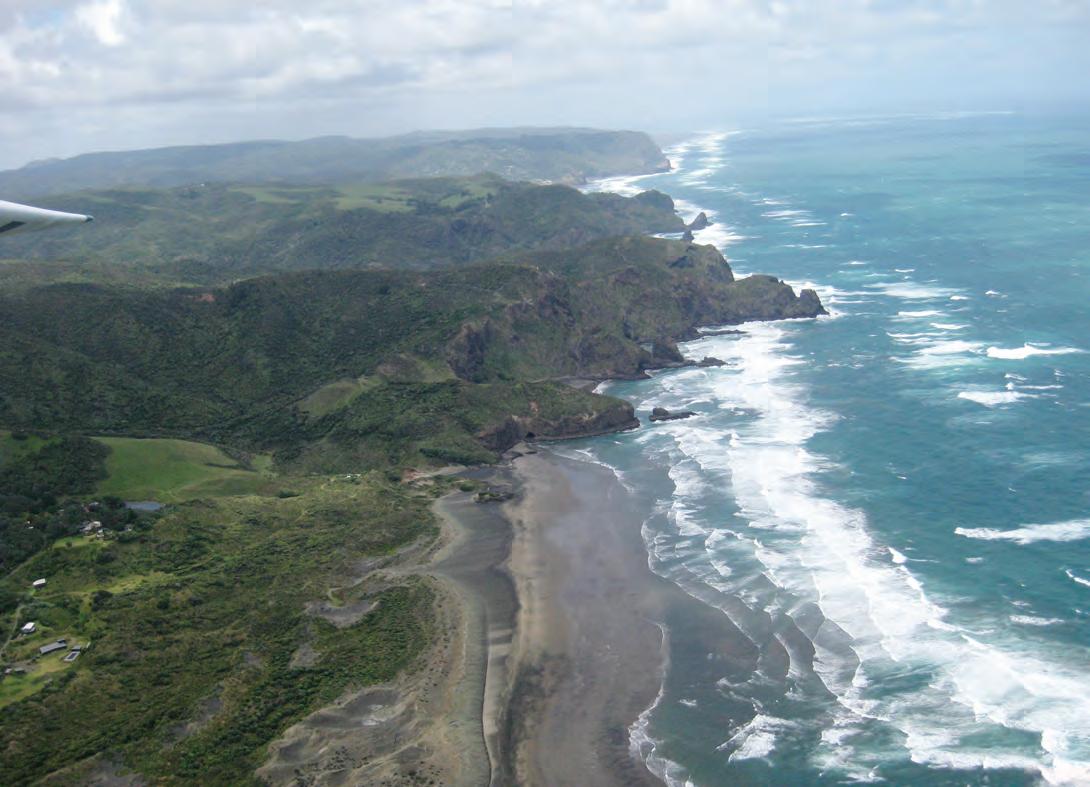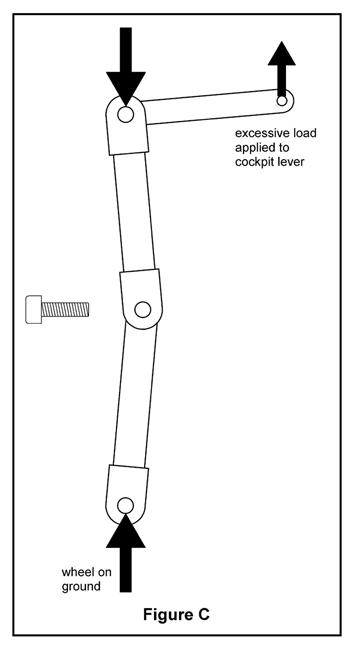
5 minute read
OSTIV Congress Report
from SoaringNZ Issue 48
by mccawmedia
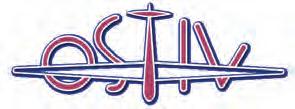
The XXXIII OSTIV Congress was held in conjunction with the World Gliding Championships at Benalla in January 2017. While most glider pilots’ knowledge of (and hence interest in) OSTIV is limited, the work of OSTIV has a fundamental influence on the gliding world; interested pilots would benefit from being more aware of it and could equally consider becoming a member.
Advertisement
OSTIV (the Organisation Scientifique et Technique du Vol à Voile) is the scientific and technical part of the gliding world, affiliated member of FAI and recognised by EASA and the FAA. It advises industry, regulatory authorities and sports organizations on a range of topics, commonly the outputs from one of its three panels (as the working groups are called). These panels are: ›› Sailplane Development ›› Training and Safety ›› Meteorology.
The work of these panels is overseen by the OSTIV Board, which has representatives from around the gliding world. Current Board members are from the USA, Canada, Germany, the Czech Republic, Turkey and Australasia. President and Vice-President are Professor Rolf Radespiel (Head of the Institute of Fluid Mechanics at Technische Universität Braunschweig) and Professor Mark Maughmer, respectively. Past Presidents and Panel Chairmen have included Gerhard Waibel (the “W” of AS-W, while the current Sailplane Development Chairman is Michael Greiner, the “G” of AS-G sailplanes), Loek Boermans (the Concordia “wing man”, amongst many other
The “Future of the Open Class” panel; l to r, Mark Maughmer, Tilo Holighaus, Atti Jonker, Gerhard Waibel, Loek Boermans, Oliver Binder. Rolf Radespiel as moderator.
wing sections) and Judah Milgram (translator of the German text “Fundamentals of Sailplane Design”).
The work of the first two panels is commonly linked; for example, the improvements in cockpit crashworthiness result from the work presented at earlier Congresses, which are usually held at the same time as the World Championships.
Extended abstracts of papers presented at OSTIV Congresses are available from the OSTIV website (http://ostiv. org/index.php).
To expand awareness of its activities, OSTIV has held outreach sessions during the World Championships and at the SSA Conference. Three evening sessions were held at Benalla, covering: ›› Front Electric Sustainer (FES) technology development plus the Initiative Prosegelflieger, which looks to advance crashworthiness in gliding to better parallel the advances made in car safety (rather than lagging far behind, as is the case at present) ›› A panel discussion on the future of the Open Class, with the panel comprising Oliver Binder, Loek Boermans, Tilo
Holighaus, Uys Jonker, and Gerhard Waibel ›› A presentation by Morgan Sandercock on the “First year in
Argentina with the Perlan 2 glider”.
To promote advances in technology and the sharing of knowledge, OSTIV awards a prize for major technical developments. The OSTIV Prize for 2017 was awarded to Stefan Gehrmann, Axel Lange, and Luka Žnidaršič for their pioneering works on electric propulsion in sailplanes. The MacCready Award and the Mertens Award for the best student contributions to the Congress were given to a joint contribution of N. Akata and S. Ye ilköy, and to Maike Fröhner, respectively. The joint OSTIV-GFA Prize for the best presentation of the Congress went to Stuart Smith and Murray G. Stimson for their statistical analysis of spin accidents.
Mark Maughmer – winglet designer, showing a relaxed Antipodean standard of dress and approach to flying while trying out the Gliding Club of Victoria simulator.

While the full list of papers presented at the Congress is contained in the programme (ostiv.org/index.php/news. html?year=2016), papers of particular interest included: ›› Risk Of Flutter In Aging Sailplanes ›› Influence Of Zigzag Tape On Profile Drag At Low Reynolds
Numbers ›› Speed To Fly Theory ›› Use of Computational Fluid Dynamics in Wing-Winglet
Design ›› Gust loads of Sailplanes ›› Mountain Wave Flying ›› Climate Change, Aviation And Gliding ›› Design Studies of Motor Gliders ›› The Use Of Simulation In Gliding: Current State And Future
Directions ›› Advances in Flight Performance Measurements
This list demonstrates the span of activity within OSTIV; the extended abstracts listed in the programme are available on the OSTIV website. As might be expected, many of the papers represent work which is on-going, with updates being presented at future OSTIV Congresses.
One task for which the gliding community’s continued involvement is sought is the study into the use of simulation (the 2nd to last paper listed above). Based on the international survey performed by Gerard Robertson (Australasian OSTIV Board member), the situation can be summarised as: ›› the use of simulation in gliding is patchy and inconsistent, despite being widely accepted in other aviation sectors and safety-critical sectors such as nuclear power and medicine ›› only one country, France, has formally adopted simulation as part of its training programme ›› several clubs have adopted simulation, but generally
Kiwi team on opening day. The OSTIV Congress is held in in conjunction with the Worlds.

through the work of individuals and each has “learnt by doing” ›› in the USA, Scott Manley provides training using a combination of Condor and Skype; his students report that it has helped them learn to fly gliders ›› simulation is used for more than just ab initio training (even making money) ›› the absence of a simulation-specific syllabus is seen as a barrier. ›› While this is only a short summary, OSTIV is keen to continue this work and looks for greater participation by the gliding community, to firstly develop a syllabus and secondly, share knowledge on simulator construction. The French gliding movement (Fédération Française de Vol à Voile) has an excellent syllabus, available on-line. Scott Manley in the USA similarly makes his work available. The goal is to have a consistent approach to the use of simulation across the gliding movement and, by sharing knowledge, facilitate the adoption of simulation by national gliding movements.
One piece of news which surfaced during the survey is that the Condor soaring software, used by about three-quarters of survey respondents, has a new version “about 90% complete and undergoing testing”.
Anyone interested in participating further in this work is invited to contact Gerard via gerard@xtra.co.nz.
Readers interested in receiving continuous information about all OSTIV activities might consider becoming an OSTIV member. OSTIV membership is only 25 Euro for an individual, with membership applications and payment details via the OSTIV website. Membership in OSTIV includes immediate access to all issues of the peer reviewed OSTIV Journal “Technical Soaring”.



